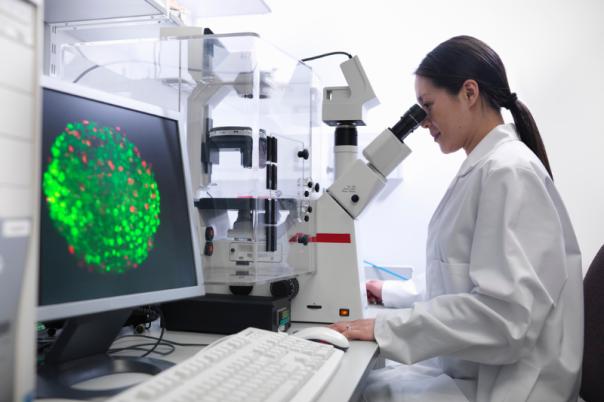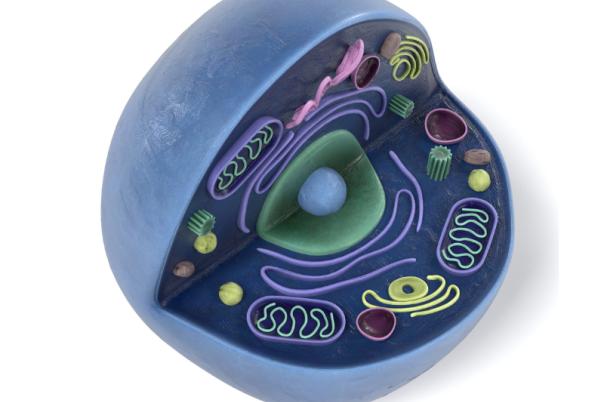Darius Widera, Professor of Stem Cell Biology at the University of Reading investigated how to optimise cell culture to increase the regenerative potential of stem cells.
Unlike adult stem cells, pluripotent stem cells can be expanded forever however one has to be sure that all the cells are differentiated, and you don’t transplant any remaining pluripotent stem cells in the process. Regarding clinical translation, there are various challenges including cost, ethical acceptance, and safety.
Neural Crest Derived Stem Cells are unique due to their ability to differentiate into both mesodermal and ectodermal cell types such as bone, cartilage, muscle, and peripheral nervous stem cells. Widera also added: “What's even more interesting, you can apply fairly simple protocols and trans differentiate those peripheral neural cells into central nervous system phenotype.”
This remarkable discovery led Widera to conduct a clinical study where the neural crest derived stem cells were injected into Parkinson’s models. The NCSCs provided statistically significant functional recovery. No human cells were detected in the brain, Widera attributed the therapeutic benefit to paracrine effects such as the release of supportive growth factors.
Widera also explored the potential of Mesenchymal Stromal Cells (MSCs). The MSCs were derived from various tissues like bone marrow and fat and were optimized for faster proliferation and differentiation. MSCs cultured in 3D nanofibrillar cellulose underwent osteogenic differentiation. The differentiation was marked by increased expression of bone-specific markers like osteocalcin and osteopontin.
To conclude, this case study illustrates a paradigm shift in stem cell research, where physical and environmental cues replace chemical inducers to drive regeneration. This approach increases efficiency but also ensures safety and scalability for clinical applications. By focusing on both NCSCs and MSCs, the research offers a versatile toolkit for addressing diverse medical challenges, from neurodegenerative diseases to bone injuries.





